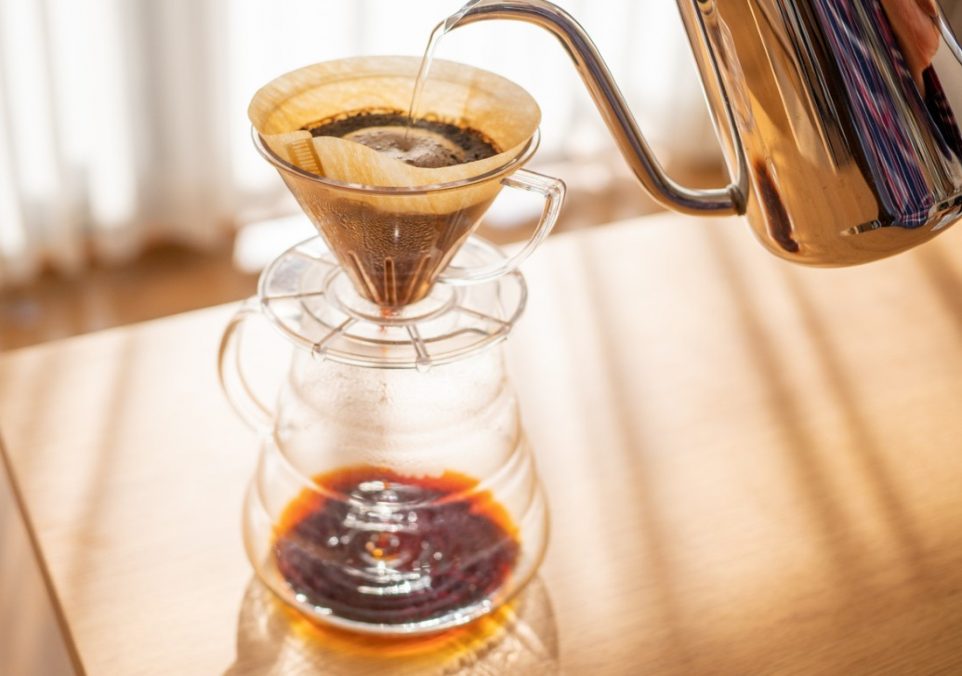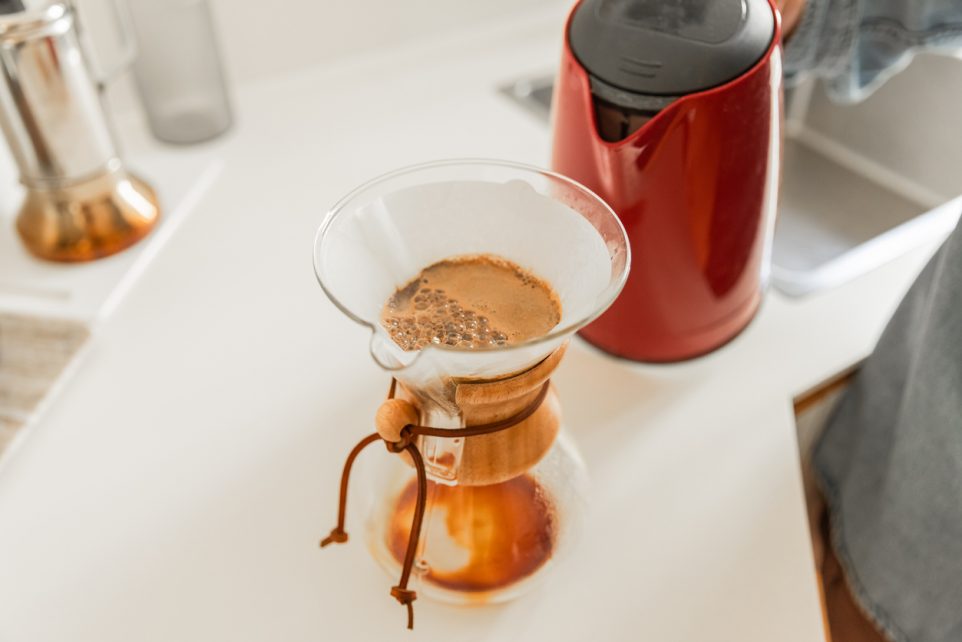Is Pour Over Coffee Better Than Drip? Well, It Can Be With This Brewing Technique

Some mornings have a quiet magic, a moment when the rush of the world fades into the background. For me, that moment often comes with making pour-over coffee. It’s a ritual that has taken on a near-sacred quality in my daily routine. Sure, I have a drip machine sitting on my counter, ready to whip up a quick cup with the press of a button. But there’s something undeniably gratifying about the pour-over process—the deliberate motions, the aroma of fresh grounds, the patience it demands.
What Is Pour Over Coffee?
Pour-over coffee is for those who really want to get the best out of their beans. It involves manually pouring hot water over coffee grounds in a filter. The setup is pretty simple: a cone-shaped dripper, a coffee filter, and your coffee grounds. You control the water temperature and how quickly or slowly you pour the water. It’s straightforward but requires a bit more attention and patience than other methods.
What Is Drip Coffee?
Drip coffee is the go-to method for many of us every morning. You load the machine with coffee and water, hit a button, and let it do its thing. The machine heats the water and evenly distributes it over the coffee grounds. It’s convenient and consistent, perfect for those busy mornings when you just need a quick cup to start your day.
How To Make the Best Pour-Over Coffee
To achieve a particularly flavorful cup of pour-over coffee, you might want to try this precise and controlled brewing method. This technique focuses on maintaining a perfect balance throughout the brewing process, from the bloom to the final pour.
Let’s start with the basics: coffee and water.
The beans you use matter. We recommend using high-quality organic coffee for the best taste. For pour-over, you’ll want a light roast blend. These beans haven’t been roasted into oblivion, resulting in a creamy, crisp, and clear flavor profile.
Water quality is just as important. Bad water equals bad coffee, simple as that. If your tap water isn’t great, your coffee won’t be either. Using filtered or specially treated water can make a world of difference. Think of it like this: good water is a clean canvas for your coffee masterpiece.
Now, about the tools.
You’ll need a kettle that lets you control your pour. This isn’t just about boiling water; it’s about how you introduce the water to the coffee grounds. A gooseneck kettle is perfect for this. It sounds a bit fancy, but the control it offers makes a huge difference.
When choosing a dripper, you’ve got a couple of main types to consider. Whether it’s a flat-bottom or a cone-shaped dripper, each will interact with your coffee grounds differently. Cone-shaped ones are great for highlighting the crispness and complexity of your coffee, while flat-bottom ones might bring out a richer, fuller body.

Preparation
Step 1: Begin by placing your coffee filter in the dripper. Now, make sure the filter is fully saturated by gently pouring hot water over it. This not only helps to eliminate any papery taste but also warms up your brewing vessel.
Step 2: Measure out 20 grams of freshly ground coffee. The grind should be medium-coarse, similar to sea salt. This size allows for optimal extraction without over-extracting bitter components.
Step 3: Pour 60 grams of hot water (heated to about 96 degrees Celsius) evenly over the grounds to start the bloom. This initial wetting should cover all the grounds and allow them to begin degassing. Wait for about 30 seconds, during which you can gently swirl the brewer to ensure even saturation.
Step 4: After the bloom, start your main pour by slowly adding water in a circular motion, beginning at the center and spiraling outwards to the edge of the grounds. Bring the total weight up to 150 grams. Allow this to drip through before continuing.
Step 5: Continue adding water until you reach a total brew weight of 300 grams. Pour in stages to maintain a consistent flow and water level above the coffee grounds, which helps to keep the brewing temperature stable and ensures even extraction.
Step 6: Once you’ve reached 300 grams, let the water fully drain through the coffee grounds. The total brew time should be around 2 to 3 minutes. If it drains too quickly, consider a finer grind; if it drains too slowly, a coarser grind might be needed.
Our Recipe for Trust: Why Choose Kitchen Institute
At the Kitchen Institute, we're dedicated to providing reliable and accurate information on cooking trends, tips, and product reviews. Our team of passionate food enthusiasts ensures that every piece of content is thoroughly researched and based on real-world experience. We pride ourselves on our comprehensive and unbiased product reviews, rigorous research processes, and commitment to staying current with the latest culinary innovations. Trust us to enhance your culinary journey with quality insights and practical advice.